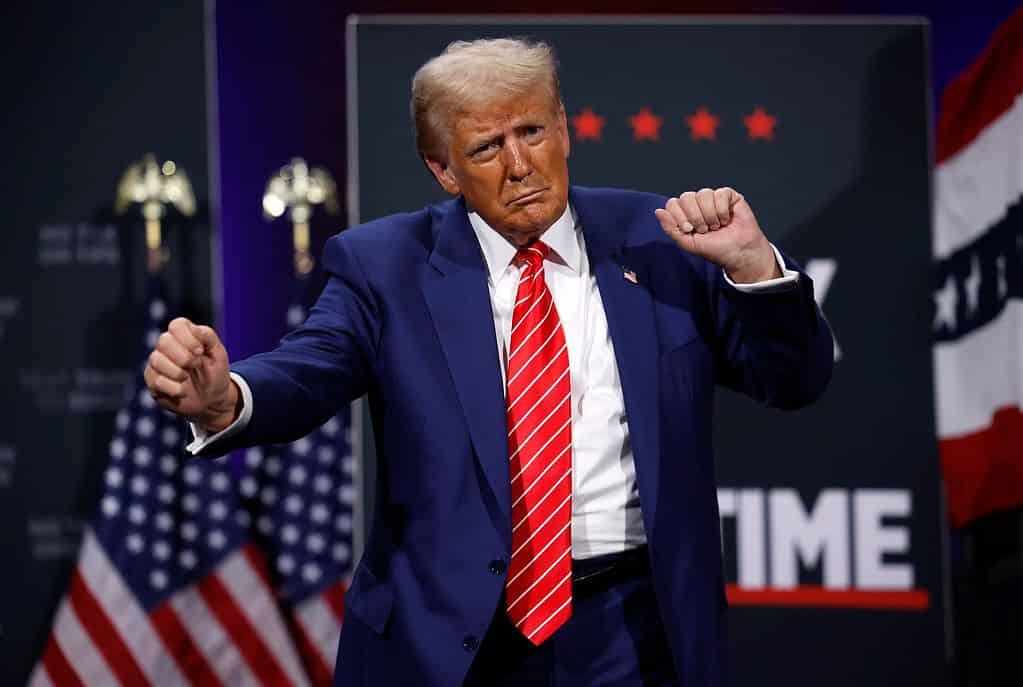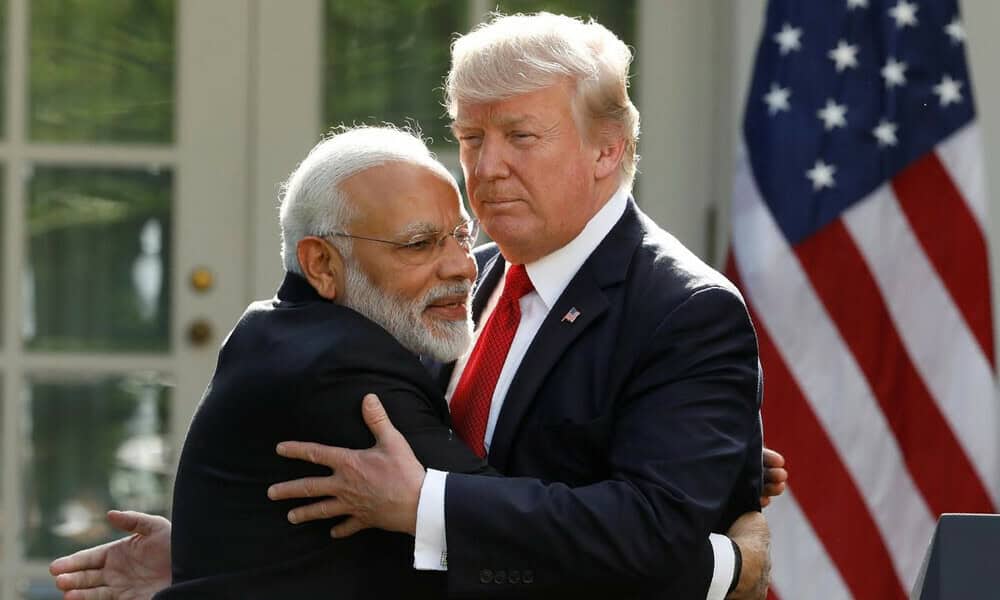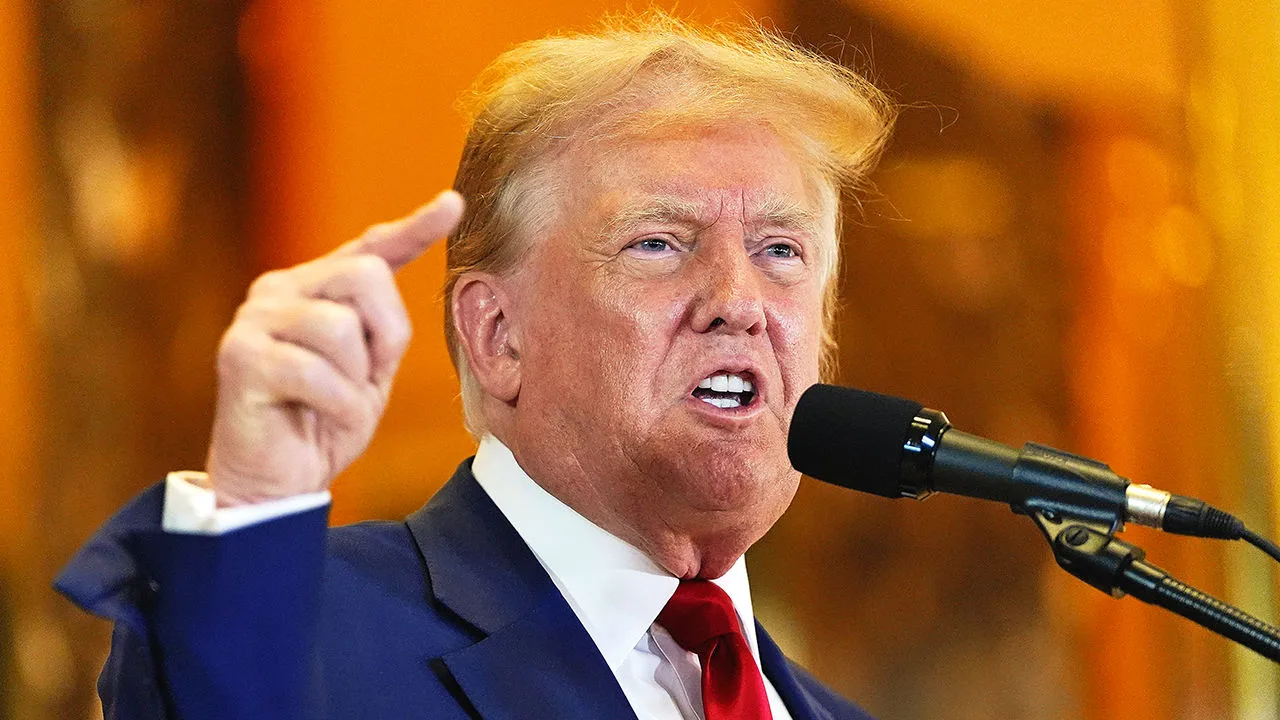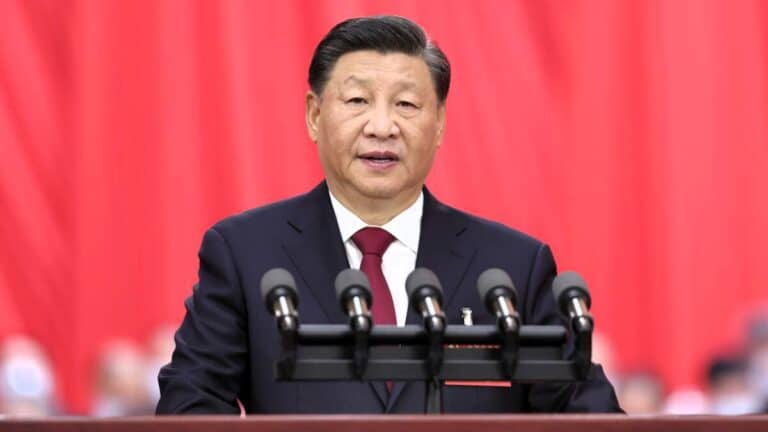In a bold and controversial move, former U.S. President Donald Trump recently threatened to impose 100% tariffs on imports from BRICS countries—Brazil, Russia, India, China, and South Africa—if they pursue efforts to de-dollarize their economies. This dramatic announcement targets nations considering alternatives to the U.S. dollar as the primary currency in global trade, a prospect Trump deemed unacceptable during recent public remarks and social media posts.

The Context Behind the Threat
The BRICS group has been exploring avenues to reduce reliance on the U.S. dollar, particularly after the geopolitical realignments following the Russia-Ukraine conflict and increased economic cooperation among Global South nations. In 2024, the BRICS bloc expanded to include Egypt, Iran, Saudi Arabia, the UAE, and Ethiopia, further enhancing its influence on global trade. Russian President Vladimir Putin proposed creating a BRICS investment platform, signaling a strategic pivot toward financial independence from Western-dominated systems.
Trump, who has consistently championed protectionist trade policies, declared that abandoning the dollar would have dire consequences. He stated, “We require a commitment from these countries that they will neither create a new BRICS currency nor back any other currency to replace the mighty U.S. dollar, or they will face 100% tariffs”.
Implications for India and Other BRICS Members
India, a crucial BRICS member and a key strategic partner of the U.S., finds itself in a precarious position. Its growing role in BRICS initiatives contrasts with its deepening defense and economic ties with the U.S. Any tariff imposition could strain this partnership, affecting sectors such as IT services, pharmaceuticals, and textiles that benefit from robust U.S.-India trade.

Due to its diversified trade portfolio, China, already embroiled in a trade war with the U.S., may be less impacted by the announcement. However, the potential tariffs could be devastating for countries like Brazil and South Africa, which are heavily dependent on U.S. trade.
Risks of a Global Trade Conflict
Experts warn that Trump’s proposed tariffs could ignite a global trade war, destabilizing markets and weakening the U.S.’s influence in emerging economies. Critics argue that such a move may push BRICS nations closer together, accelerating efforts to establish an alternative global financial system. Additionally, the U.S. risks alienating its allies, particularly India, which has been a critical counterbalance to China in the Indo-Pacific region.
Conclusion
Trump’s tariff threat underscores the ongoing global struggle over currency dominance and trade supremacy. While intended to protect the U.S. dollar’s hegemony, such drastic measures could have unintended consequences, fostering economic alliances that diminish American influence. As BRICS nations weigh their options, the world watches closely to see whether this will escalate into a full-blown trade conflict or open new avenues for global economic realignment.

Hi, I’m Nathan Cross, a writer and avid reader who loves crafting articles for newspapers and online platforms. Words are my passion, whether I’m telling stories, sharing insights, or sparking conversations. When I’m not writing, you’ll find me lost in a book or out on the baseball field, enjoying the game that keeps me grounded. Writing, reading, and baseball—these are the things that define me.





😮😮😮